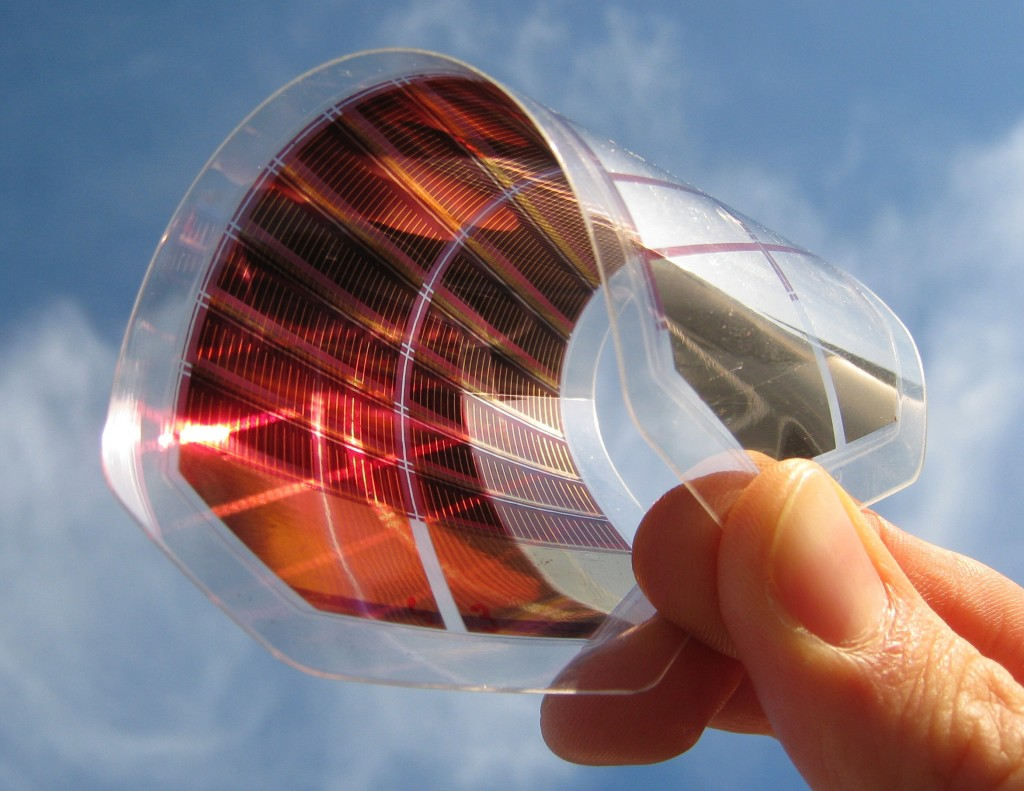Paradigm Shift
3D Printed Solar Cells Could Provide 1.3 Billion People with Electricity

Solar power has been gaining more and more popularity worldwide since the efficiency of solar panels has significantly increased during the recent years, along with the dramatic decrease in the costs. However, its popularity is not only due its affordability to a wider audience but also to the growing awareness about the benefits of clean sources of energy. Yet, the costs of transportation and production often make it extremely difficult to implement solar technology in developing countries. Printed solar cells could offer a solution to this problem.
Thanks to the advances in printed solar cell technology during the past few years, its energy efficiency has increased from 3% to 20%.
“Its success is due to its cost-effectiveness and simplicity. A 10×10 cm solar cell film is enough to generate as much as 10-50 watts per square meter,” said Scott Watkins from the Korean company Kyung-In Synthetic.
These paper-thin flexible cells could make it possible to minimize transportation costs and deliver the technology to the most remote locations of the world. In fact, the technology only requires industrial-size 3D printers and perovskite – a mineral consisting of lead, iodine and an organic component. In the future, printed solar cells could provide electric power to 1.3 billion people in developing countries.
A major advantage of printed solar cells in comparison with the conventional silicon-based solar panels is that the latter require much sunlight to be efficient and need to be produced in wafers while 3D printed solar cells offer a more organic way to generate power, using perovskites, and only require industrial printers to be manufactured.
At the same time, it has been shown that the lightweight printed solar cells are vulnerable to moisture, which could cause lead contamination, so the company is currently working on the protective coatings that could provide durability and integrity of the cells without significantly increasing their thickness and weight.
Even though the current method of production allows to make printed solar cells at a minimum cost, there still are some difficulties that hinder the large-scale production of the technology, which requires large capital investments.
“Entrepreneurs we’ve engaged cannot afford to invest in the printing machines needed to produce cheap solar strips,” says Bernie Jones, project co-leader of the Smart Villages Initiative, an organization that aims to deliver off-grid solutions to rural areas in developing countries.
Despite all these challenges, printed solar cell technology has the potential to help bring solar power even to the most remote corners of the globe and improve the living conditions of millions of people in the developing world.
Typos, corrections and/or news tips? Email us at Contact@TheMindUnleashed.com
